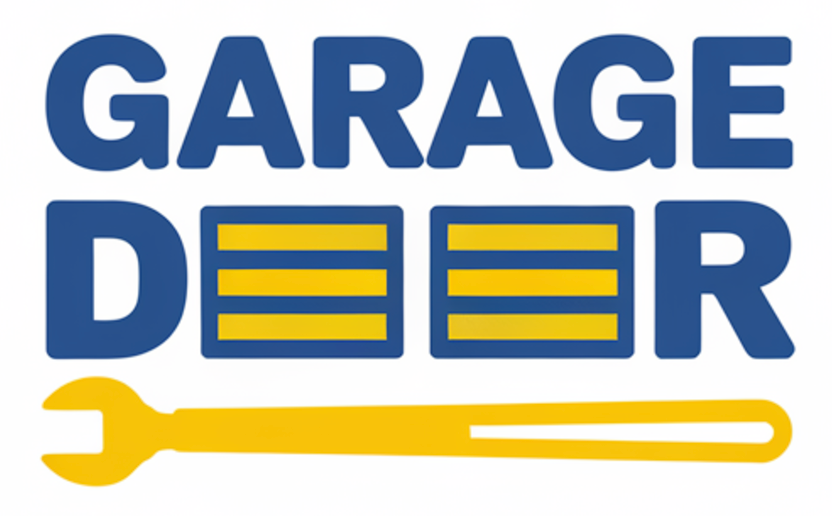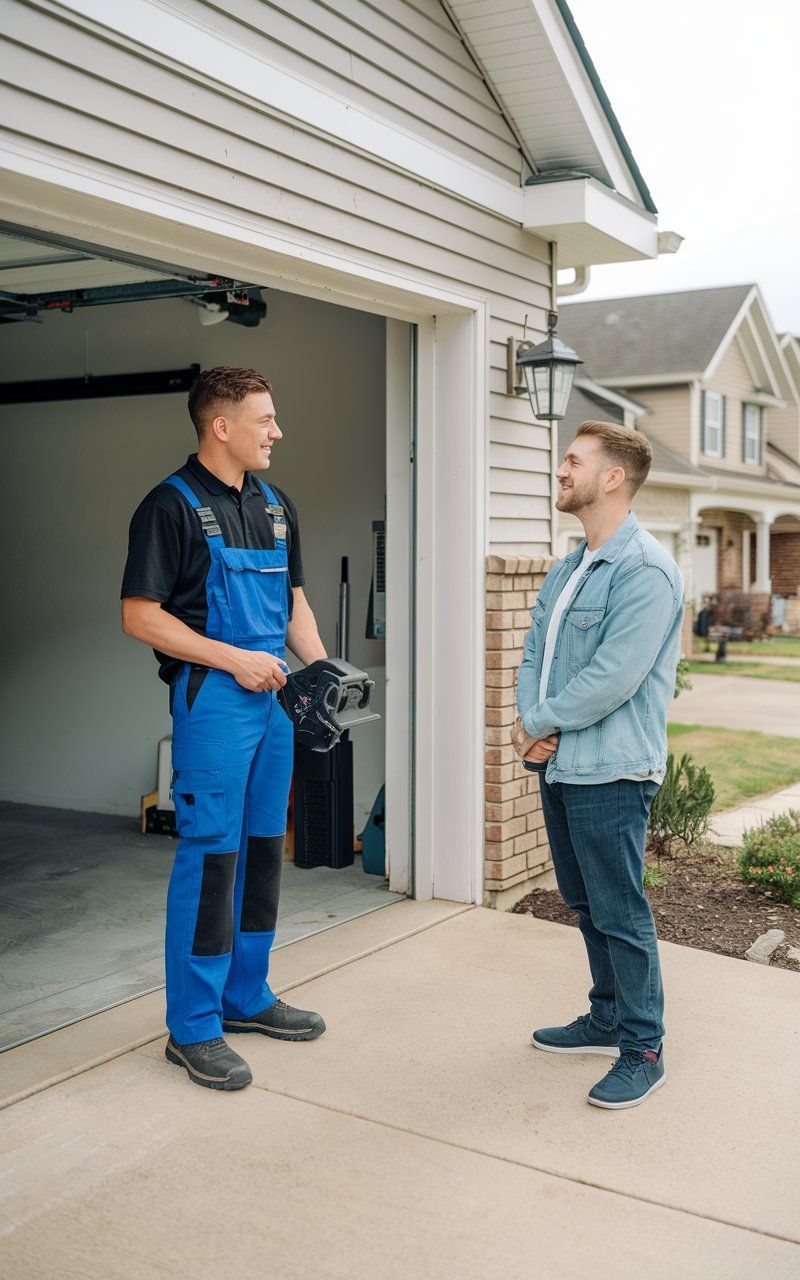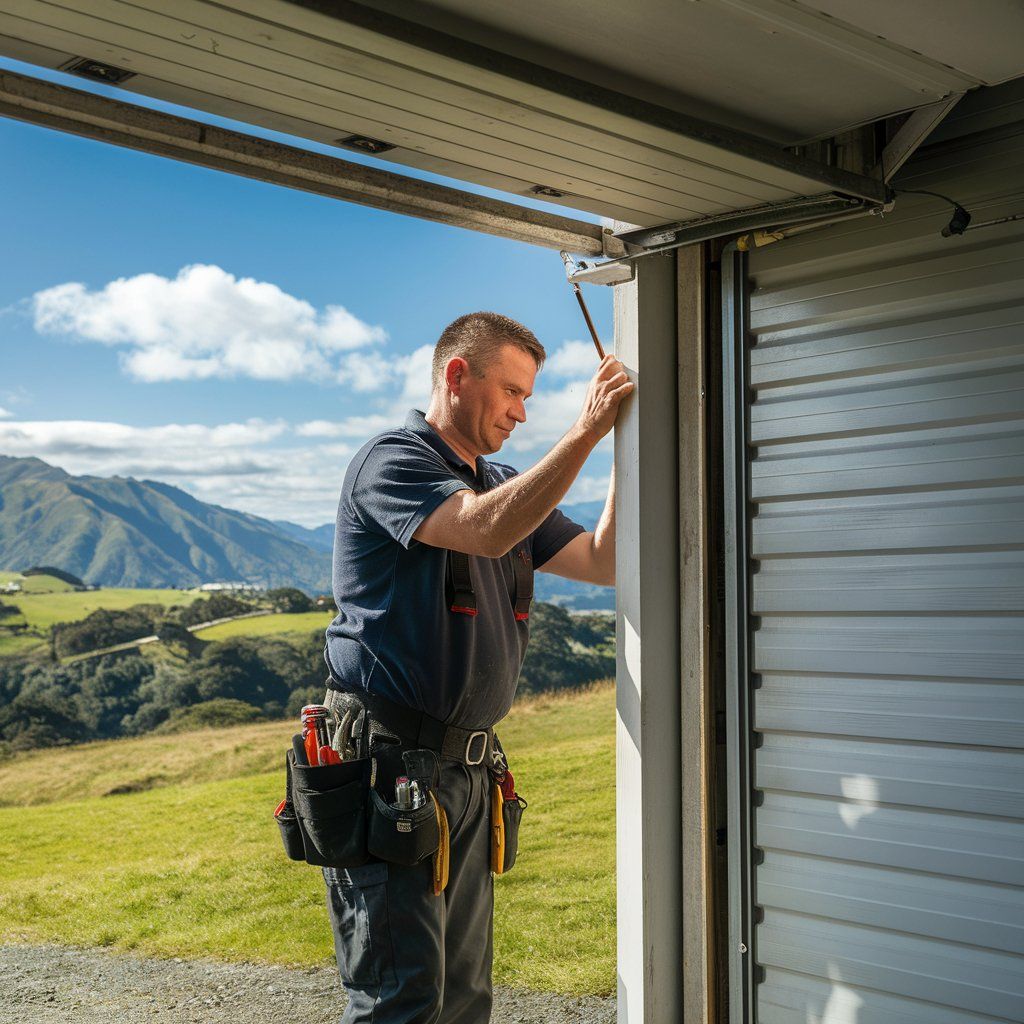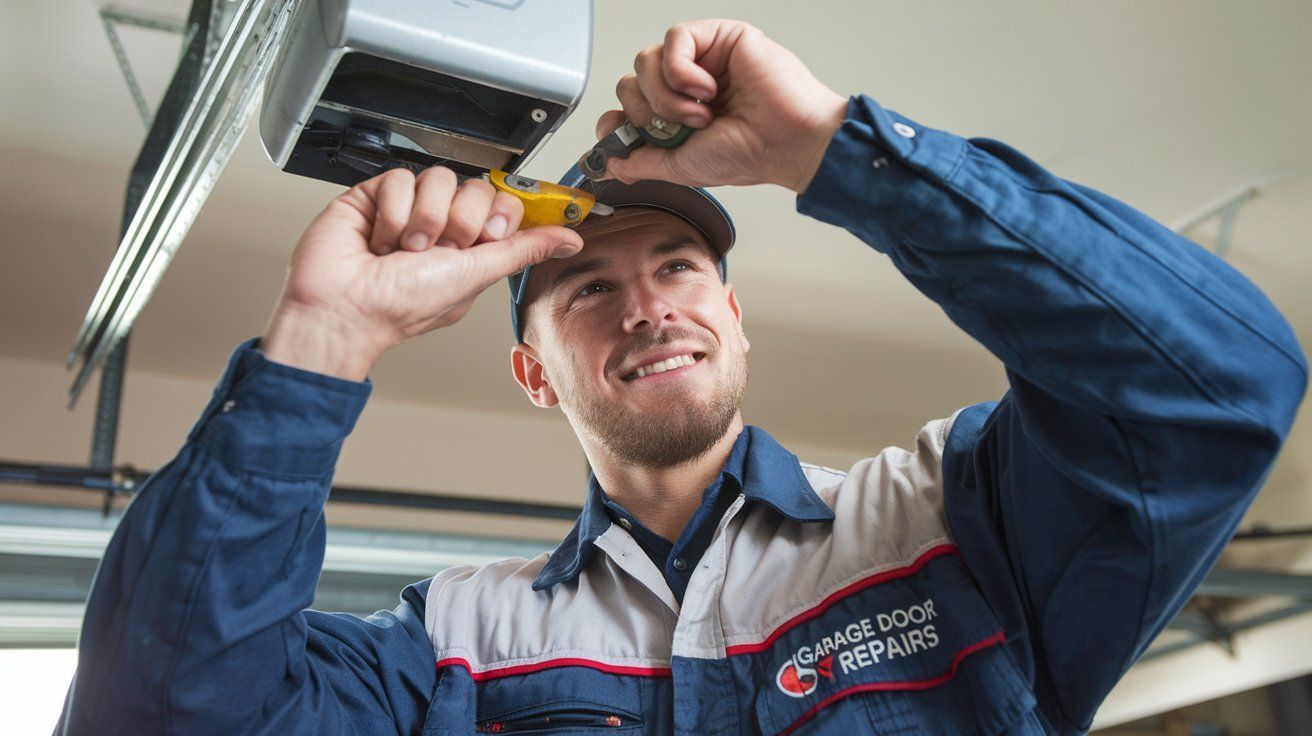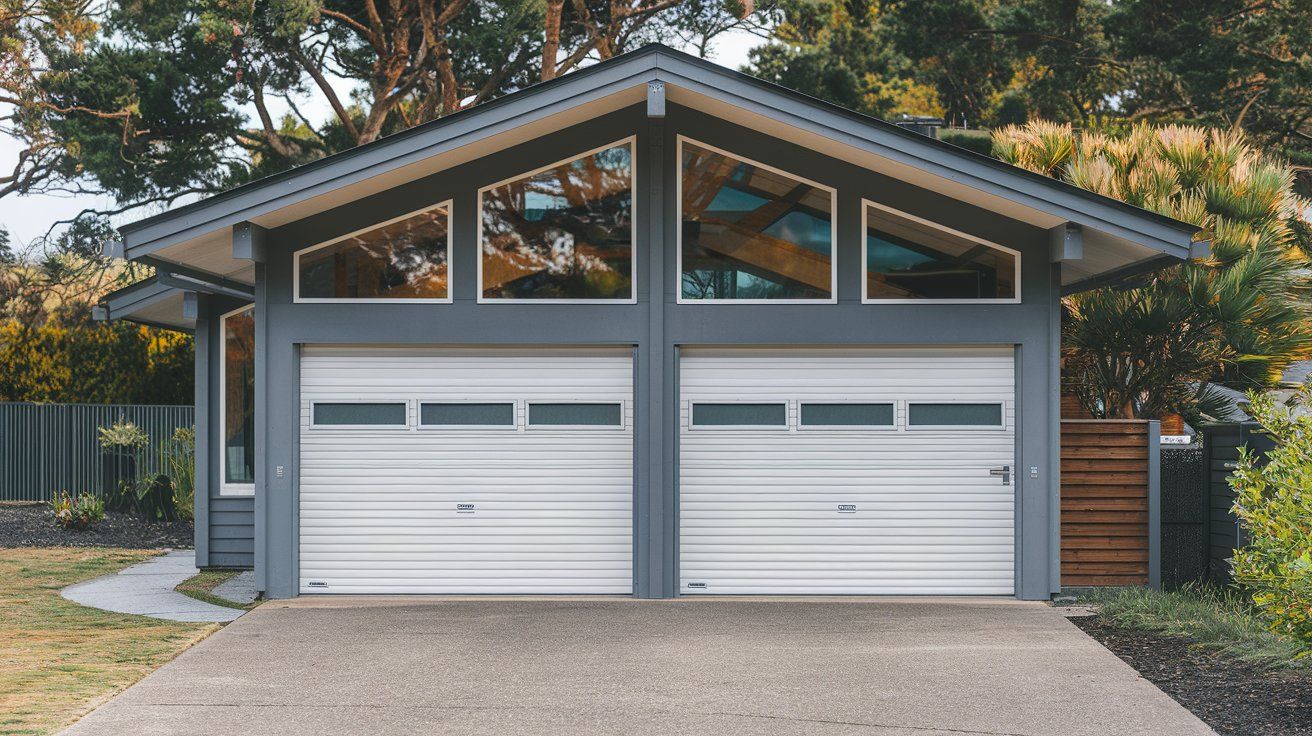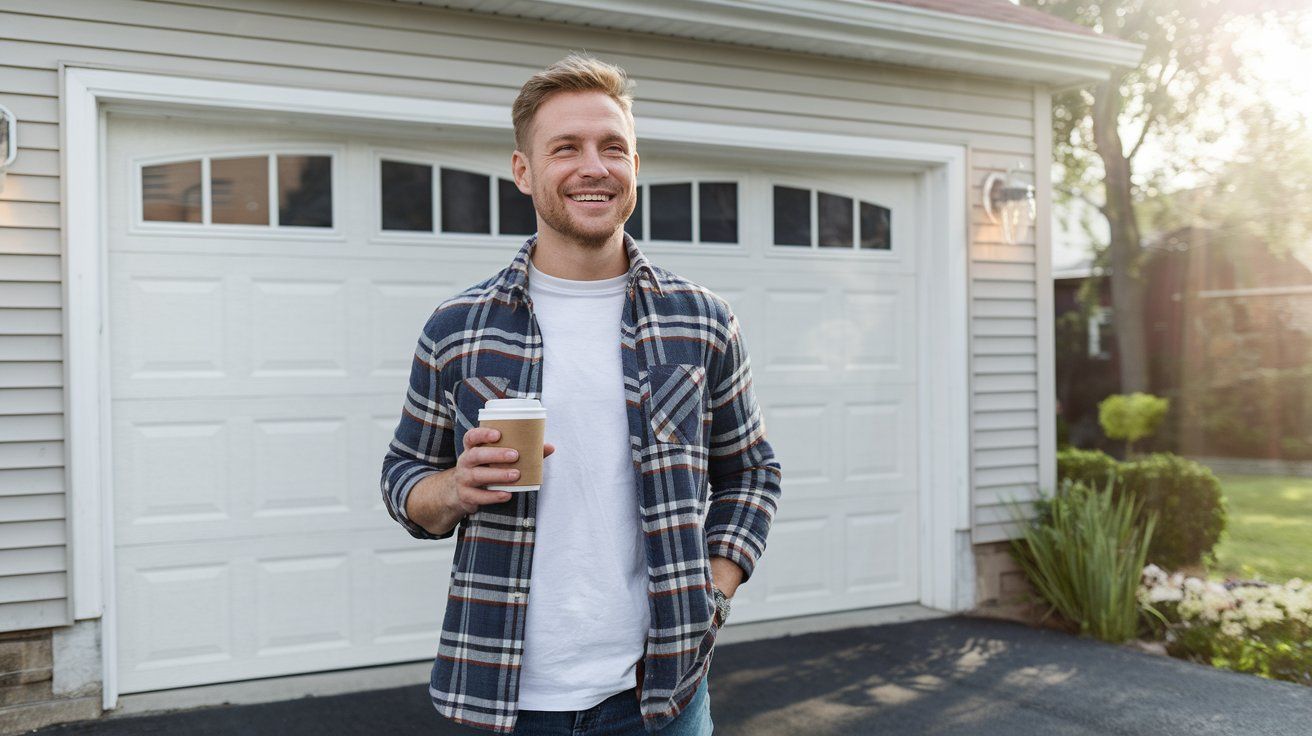How To Fix A Garage Door When It Won't Close?
How to Fix a Garage Door When It Won’t Close?
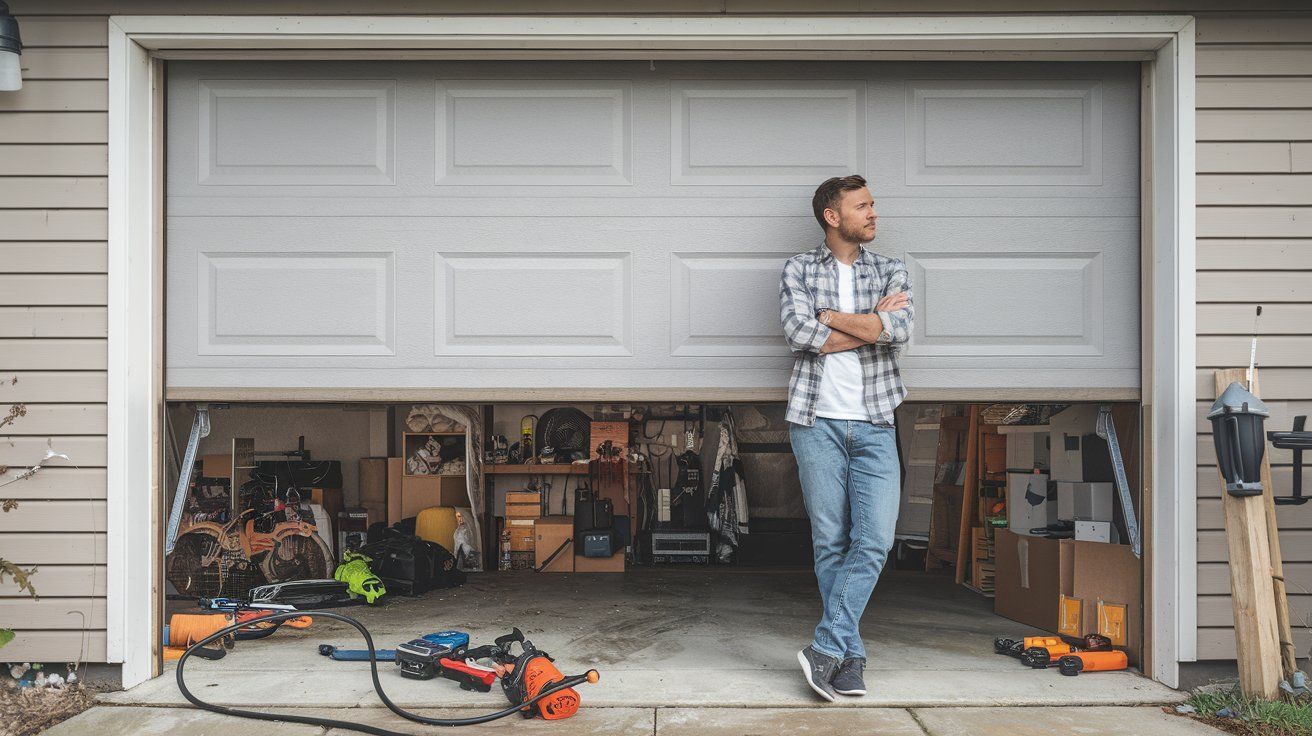
A garage door that won’t close can be more than just an inconvenience—it can also pose a security risk. If you’re facing this issue, there are several potential causes and solutions to explore.
Let’s dive into common reasons for a garage door not closing and provide step-by-step guidance on how to fix it.
Common Reasons Why a Garage Door Won’t Close
1. Misaligned Sensors
- How It Happens - Safety sensors on either side of the door must be aligned. If they are misaligned, the door won’t close.
- Signs - Flashing lights on the sensors or a blinking garage door opener light.
- Solution - Adjust the sensors until their indicator lights stop blinking.
2. Blocked Sensor Path
- How It Happens: Dirt, debris, or objects obstructing the sensors’ line of sight can prevent the door from closing.
- Signs - The door starts closing but reverses direction.
- Solution - Clean the sensors and remove any obstructions.
3. Remote Control Malfunctions
- How It Happens - A dead battery or signal interference can cause the remote control to malfunction.
- Signs - The door doesn’t respond to remote commands.
- Solution - Replace the remote’s batteries and ensure it’s within range.
4. Damaged Garage Door Tracks
- How It Happens - Tracks can become bent or misaligned, preventing the door from moving smoothly.
- Signs - Grinding noises or a visibly crooked door.
- Solution - Realign or repair the tracks using a mallet or professional assistance.
5. Broken Springs or Cables
- How It Happens - Wear and tear can cause springs or cables to snap, leaving the door unable to close.
- Signs - The door feels heavy or uneven.
- Solution - Replace springs or cables with the help of a professional.
6. Limit Setting Issues
- How It Happens - The garage door opener’s limit settings may be incorrectly calibrated, causing the door to stop prematurely.
- Signs - The door doesn’t close all the way.
- Solution - Adjust the limit settings on the opener following the manufacturer’s instructions.
Step-by-Step Guide to Fixing a Garage Door That Won’t Close
Step 1 - Check the Sensors
- Inspect the sensors for dirt, debris, or misalignment.
- Clean the lenses with a soft cloth and ensure they face each other directly.
Step 2 - Test the Remote Control
- Replace the batteries in your remote control.
- Try operating the door from the wall-mounted opener to rule out remote issues.
Step 3 - Inspect the Tracks
- Look for bends, dents, or obstructions in the tracks.
- Use a mallet to gently realign bent sections or call a professional for severe damage.
Step 4 - Adjust the Limit Settings
- Locate the adjustment screws on the garage door opener.
- Turn the screws to recalibrate the door’s travel distance.
Step 5 - Examine Springs and Cables
- Visually inspect for signs of damage or wear.
- Do not attempt to replace springs or cables yourself, as they are under high tension. Contact a professional.
Step 6 - Test the Safety Reversal System
- Place an object under the door and close it. The door should reverse when it touches the object.
- If it doesn’t, adjust the opener’s force settings or consult a technician.
Case Studies - Real-Life Solutions
Case Study 1- Misaligned Sensors in Auckland
An Auckland homeowner noticed their garage door wouldn’t close and discovered blinking sensor lights. After realigning the sensors and cleaning the lenses, the door operated smoothly again.
Case Study 2 - Damaged Tracks in Wellington
In Wellington, a homeowner experienced grinding noises and a stuck door. A professional realigned the tracks and replaced a damaged section for $300, restoring full functionality.
Case Study 3 - Broken Springs in Christchurch
A Christchurch resident couldn’t close their garage door due to a broken spring. A technician replaced both springs for $450, ensuring the door was balanced and safe to use.
Preventative Maintenance Tips
1. Regular Inspections
- Check sensors, tracks, springs, and cables monthly for signs of wear or misalignment.
2. Lubricate Moving Parts
- Apply garage door lubricant to tracks, rollers, and hinges every 6 months.
3. Test Safety Features
- Regularly test the safety reversal system and photo-eye sensors to ensure they work correctly.
4. Keep the Area Clear
- Ensure no objects obstruct the sensor path or tracks.
FAQs About Garage Doors That Won’t Close
1. Can I fix a garage door that won’t close myself?
Yes, minor issues like cleaning sensors or adjusting settings can be handled DIY. However, complex problems like spring or cable replacement require professional help.
2. How much does it cost to repair a garage door that won’t close?
Repair costs range from $100 for minor fixes to $500 for more extensive repairs, such as spring replacement.
3. How do I know if the problem is with the opener?
If the wall-mounted switch works but the remote doesn’t, the issue is likely with the opener or remote control.
Conclusion - How to Fix a Garage Door When It Won’t Close
A garage door that won’t close can usually be fixed by addressing sensor issues, track misalignment, or opener settings. For more severe problems like broken springs or cables, professional assistance is recommended.
Regular maintenance can prevent these issues and keep your garage door functioning smoothly.
Need expert help?
Contact a trusted garage door technician today for fast and reliable repairs!
